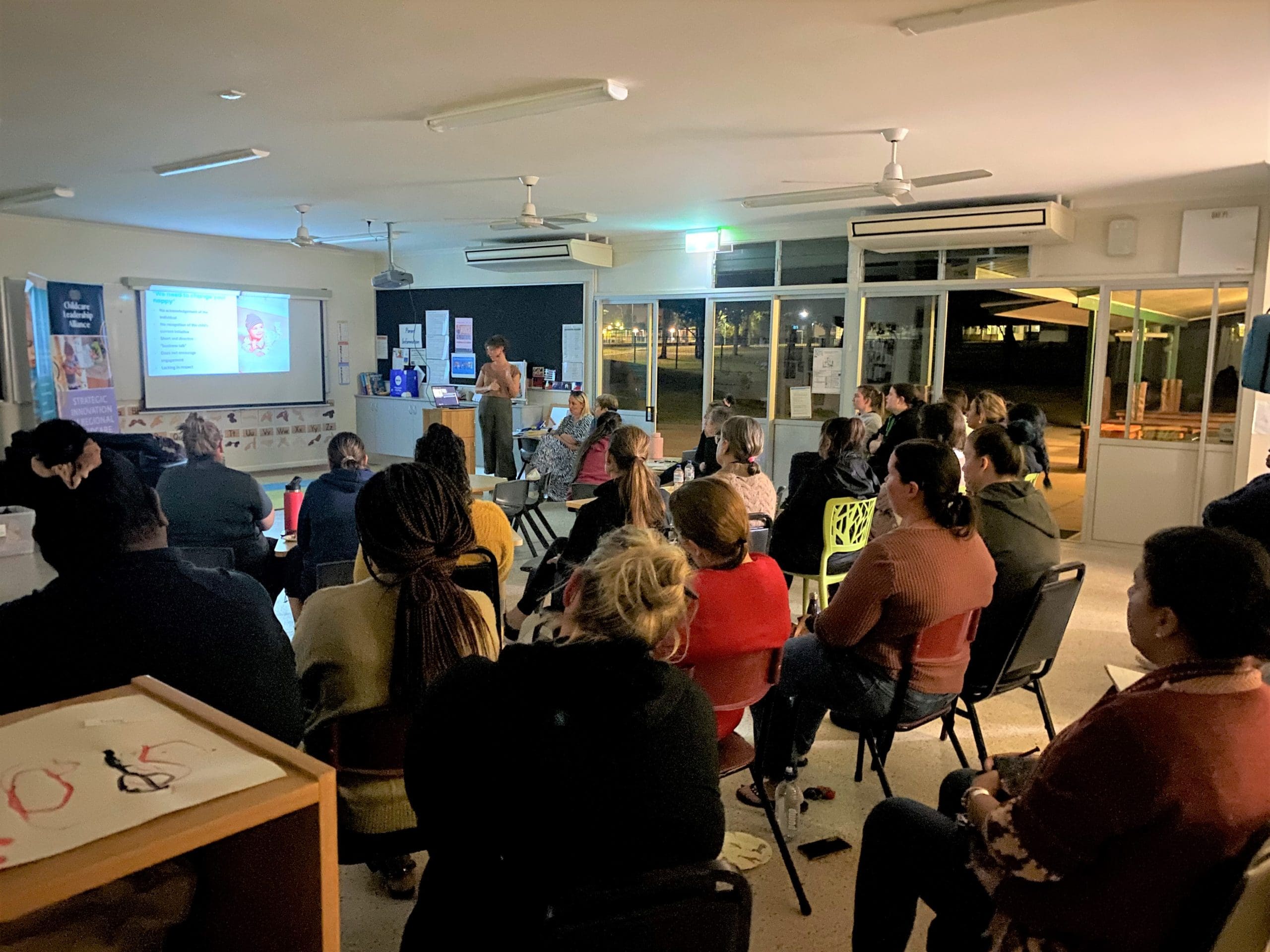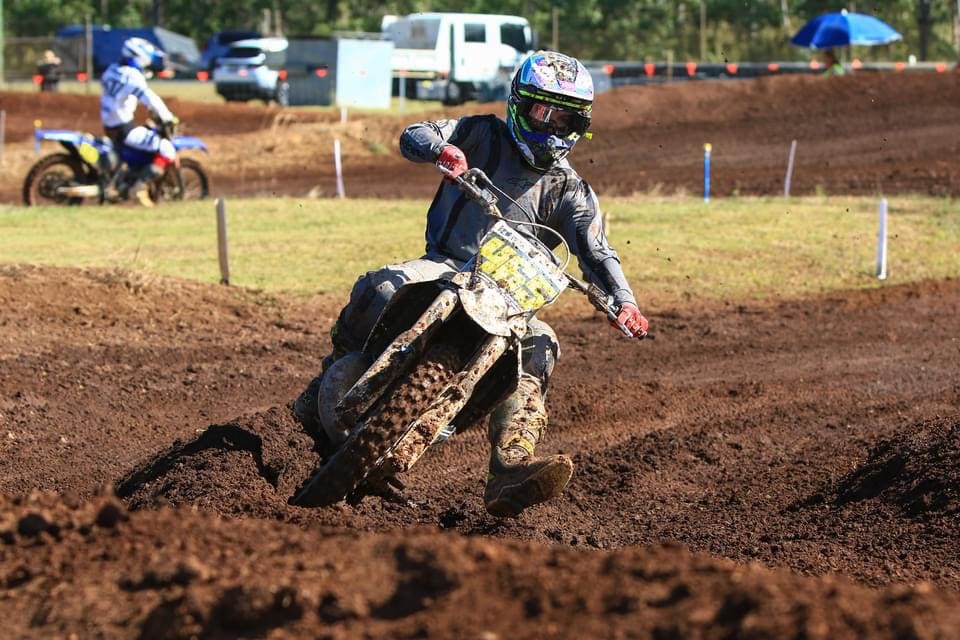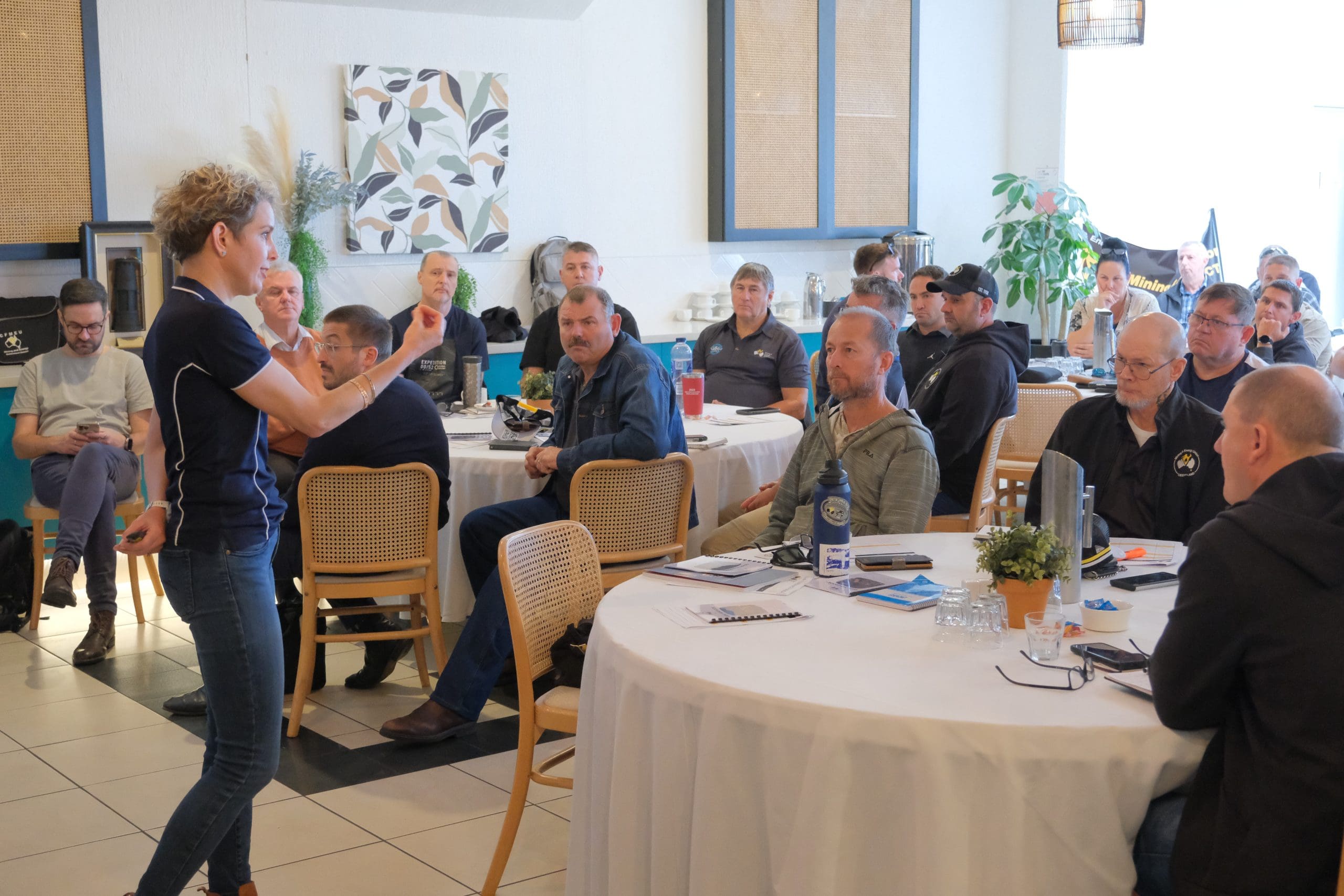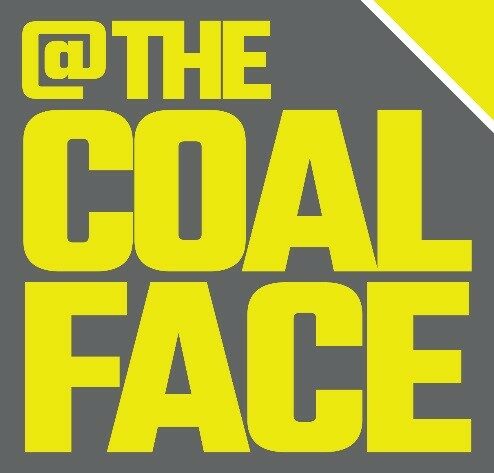When was the last time you checked your breasts? A year ago? A month ago? Never? Some women can’t even recall the last time they took a few minutes to check for any changes and many men have never checked theirs. Yet a simple breast check could save your life.
More than 3300 Queenslanders are diagnosed with breast cancer each year. Of those diagnosed 3321 are female. You don’t hear about it often, because it’s fortunately quite rare, but men also get breast cancer and make up about 1 per cent of all breast cancer cases.
All people are born with a small amount of breast tissue. At puberty women start developing more breast tissue but men do not, so they end up with much less.
Breast cancer is a collection of cells in the breast tissue that grow in an uncontrolled way. There are several types of breast cancer, depending on where the cancer is within the breast, or if it has spread to an area outside the breast.
It sounds simple and common sense, but not enough people are doing regular breast checks. Get to know your breasts. Signs to look out for are a persistent lump, lumpiness or thickening of the breast, changes to the nipple or discharge, any change to the shape, feel, size or colour of the breast, dimpling, puckering, or any unusual breast pain.
If you notice any changes, make an appointment with your GP straight away.
Breast screening aims to find breast cancers that are very small – too small to be seen or felt by you or your doctor. When cancers are small, they’re more easily treated. This means that women can have a better quality of life after their breast cancer diagnosis. The earlier breast cancer is found, the better the chance of surviving it.
The BreastScreen Program provides free breast screening to women aged 40 and over. Screening mammograms are most effective for women aged 50-74 for early detection. Attending a 20 minute breast screen appointment every two years could literally save your life.
The Australian Federal Department of Health says because breast cancer is both rarer and more difficult to detect in men of any age, the harms of screening mammograms are currently assessed as outweighing the benefits. Men of all ages are instead encouraged to report any changes or concerns they have about their breasts to their doctor.
The tests for breast cancer in men are the same as those for women and include mammograms, breast ultrasound, and breast tissue biopsy (taking samples of the tissue).
The good news is most men and women with breast cancer survive, and in most cases the breast cancer does not return. But early detection is essential for the best outcome.
You can also reduce your risk of breast cancer by avoiding excess weight gain, being physically active every day, eating a varied diet with plenty of fruit and vegetables and limiting your alcohol use.
So, whether you are a man or woman, it’s a good idea to get to know your breasts.
| BreastScreen Queensland Mobile bus screening service is scheduled to visit the Isaac Region in early 2024. Dates and locations can be found online or by calling the service on 13 20 50. www.breastscreen.qld.gov.au/find-a-location |











